Summary of Project Results
Resilient Transport
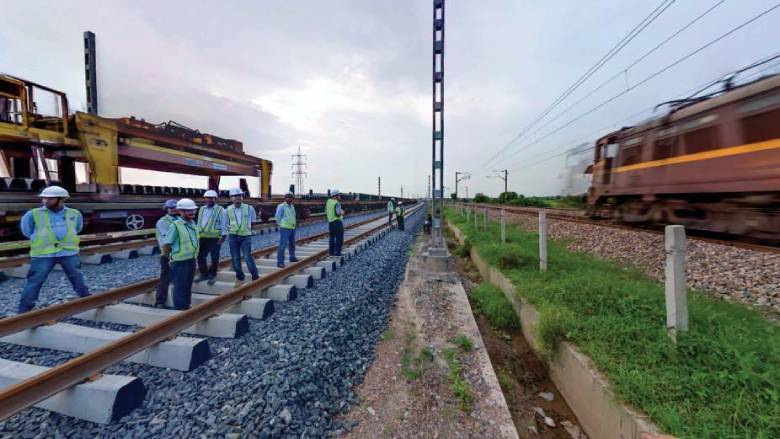
Global: Climate and Disaster Resilient Rails Development
Context: India’s rail network is one of the most extensive in the world, transporting as many as eight billion passengers annually, and 1.1 billion tons of freight (2016). Highlights: A grant is producing guidelines to incorporate disaster risk considerations into urban rail projects and helping a study on weather hazards and existing levels of resilience. The study provides recommendations for appropriate systems for early warning and measures for strengthening operational emergency preparedness and weather hazard resilience. Results: The grant is informing the implementation of the International Bank for Reconstruction and Development (IBRD)’s India’s Eastern Dedicated Freight Corridor Project ($650 million). In addition, the Tokyo Hub has deployed Japanese experts to India to share best practices on rail network early warning systems and regulations.
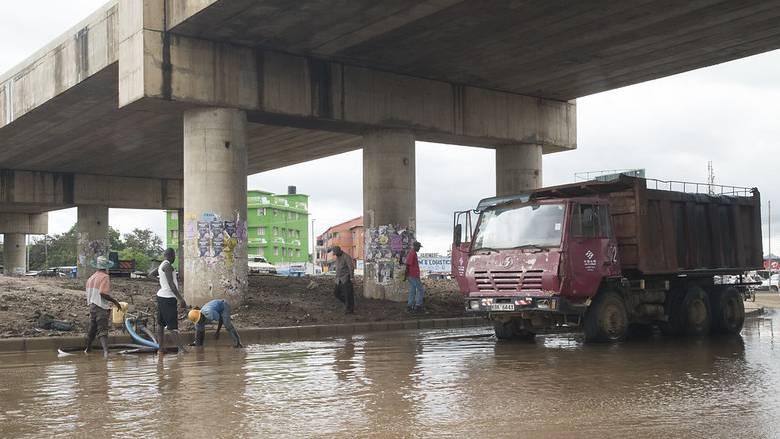
Global: Resilient Transportation Infrastructure Program
Context: Investments in the transport sector are integral to sustainable development, connecting people to jobs, health services, education, and more. As climate change continues to exacerbate disasters caused by natural hazards, these investments are increasingly exposed to disaster and climate hazards, including landslides, flooding, and earthquakes. Highlights: A global grant is supporting road transportation infrastructure in five countries particularly vulnerable to climate and disaster risks: Kenya, Lao PDR, Paraguay, Peru, and Serbia. Grant activities have supported the development of climate vulnerability assessment reports as part of larger national-level transport development and maintenance strategies. Results: These assessments informed the design of resilient transport pilot projects in each supported country. Specifically, in Kenya, activities informed the preparation and appraisal of the International Development Association (IDA)’s Kenya North-Eastern Transportation Improvement Project ($586 million), which focuses on the resilient design of road networks in the Isilio-Mandera Corridor.
Resilient Water Infrastructure
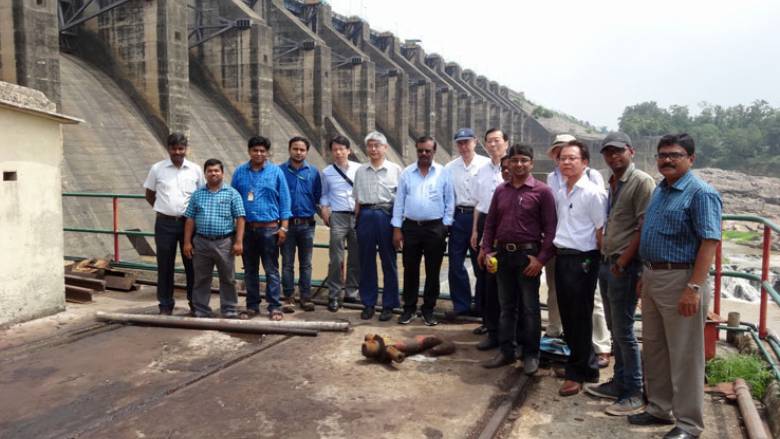
Regional: Promoting Resilient Infrastructure in South Asia
Context: In times of a changing climate, water security is a central component of long-term resilience – and dams are vital for safeguarding such security. Highlights: A grant is providing technical assistance and engaging Japan Water Agency (JWA) engineers to support the development of a post-seismic emergency inspection manual for the Maithon Dam in India. Results: The Tokyo Hub will continue supporting JWA to strengthen partnerships with local agencies in South Asia by providing technical assistance for developing sustainable earthquake response systems that enhance the resilience of dams across the region.
The Built Environment
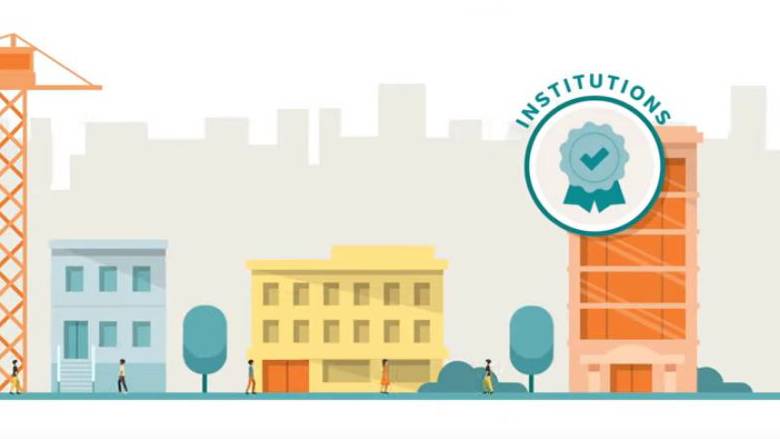
Global: Operationalizing Building Regulation for Resilience (BRR)
Context: Investments in a strong building regulatory framework are among the most cost-effective tools for increasing resilience at a large scale. Highlights: A global grant is supporting Jamaica, India, and Kenya to strengthen resilient infrastructure at the national level through dialogue on disaster risk in the building sector, helping reform to regulatory processes, developing regulatory capacity assessments to inform investment needs, and strengthening capacity of local institutions. Results: In Jamaica, related activities are informing the implementation of the IBRD’s Disaster Vulnerability Reduction Project ($30 million). Activities have helped facilitate the passage of the country’s Building Act and are supporting the Bureau of Standards Jamaica to update the building code, as well as the government to implement a building code training program.
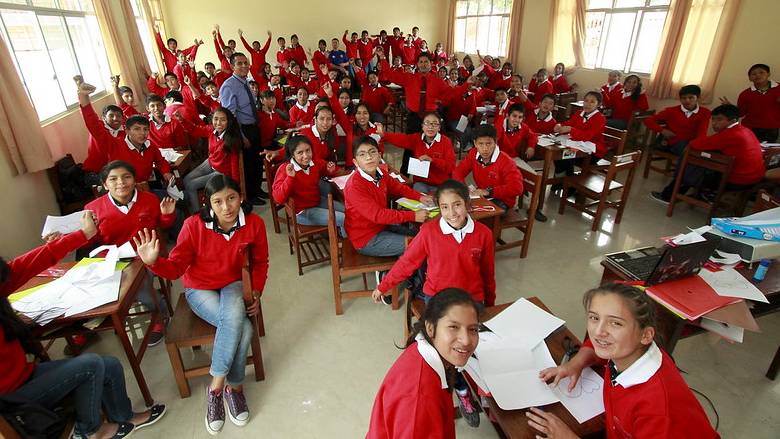
Peru: Mainstreaming DRM in Peru's Education Sector
Context: The experience of Japan in bringing its schools to earthquake-resistant standard offers key lessons for developing countries across policy development, program design, financing modalities, and program implementation. Highlights: A Program grant supported Peru’s Ministry of Education with the design and implementation of the country’s first national plan for seismic risk reduction for school infrastructure. Results: Building on Japan’s experience in retrofitting public schools and with technical support from Japan’s Ministry of Education, Culture, Sports, Science and Technology (MEXT), Peru’s Ministry of Education started in 2017 implementing Plan Lima, a 10-year, US$3 billion seismic vulnerability reduction program. The program will strengthen the resilience of 12,000 schools and benefit an estimated 2.5 million children currently at risk by 2021.
Risk Identification
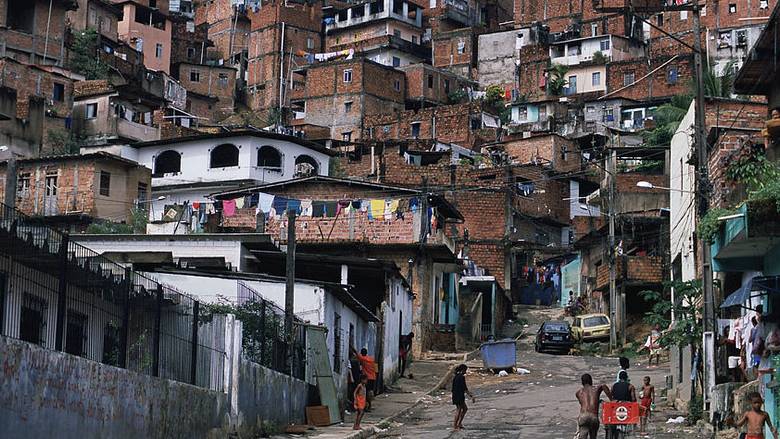
Brazil: Innovation in Disaster Risk Management Decision Making
Context: In recent years, technological innovation has supported better and cheaper methods for collecting, assessing, and communicating geospatial data. Highlights: A grant piloted remote sensing technologies and drones to identify flood asset exposure risks in Brazil. Results: These activities have helped two state governments – Ceara and Salvador – increase understanding of their disaster risks and mainstream DRM into territorial planning, public investments and public finances.
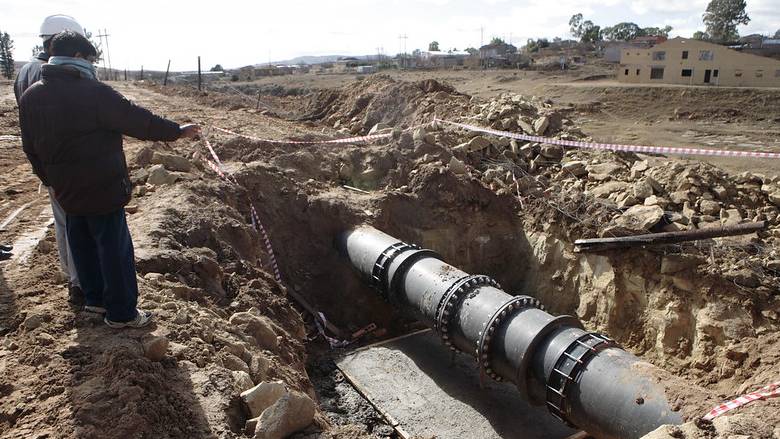
Myanmar: Building Resilience of Urban and Road Infrastructure
Context: Yangon is exposed to a range of natural hazards, including earthquakes, extreme flood events, and landslides. These hazards are accompanied by high economic and social costs, with significant impact on the poor and most vulnerable. Highlights This technical assistant (TA) supports two grants, informing the ongoing IDA’s Myanmar Southeast Asia DRM Project (S117 million) which complements Japan International Cooperation Agency (JICA)’s work in Yangon, and the Myanmar Flood and Landslide Emergency Recovery Project ($200 million), which includes investments into roads with World Bank team coordinating closely with JICA. Results: Asia Air Survey Co. Ltd (Japan) is conducting a LiDAR flood risk data acquisition, while Nippon Koei Engineering Consultants (Japan) in a joint venture with Sweco (Denmark) is preparing the designs and supervision of drainage improvements in Yangon.
Risk Reduction
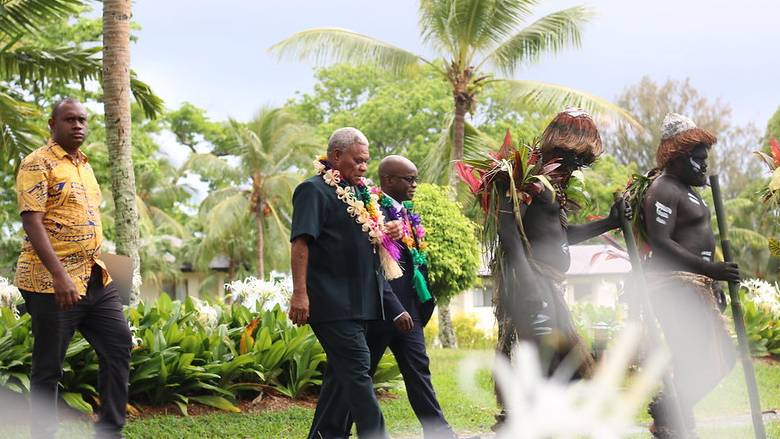
Pacific Islands: Scaling-up risk reduction and risk financing in the Pacific Island Countries - Pacific Resilience Program (PREP)
Context: The small size, remoteness, and fragile biodiversity of the Pacific islands make them exceptionally vulnerable to natural hazards, with low capacity to manage resulting risks. Highlights: The grant aims to strengthen disaster resilience, early warning, and preparedness, and improve post-disaster response capacity of participating Pacific Island Countries with a focus on Tonga and Samoa. Results: Country technical teams, with support from World Bank and Tokyo Hub, are working with Japanese counterparts to identify needed upgrades to seismic monitoring stations and systems in Tonga.
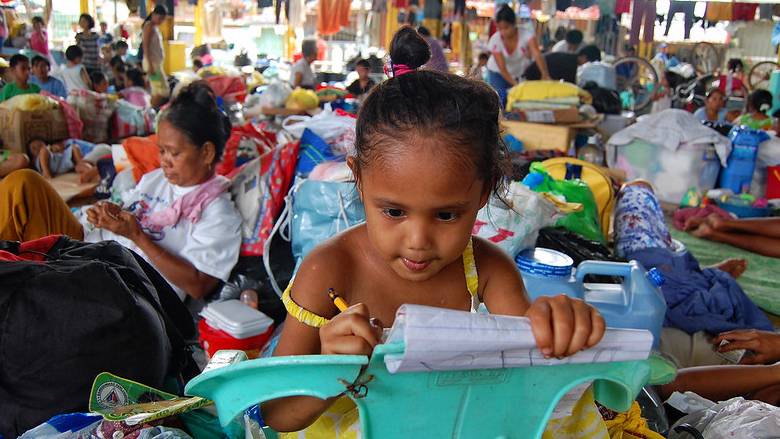
Philippines: Helping Scaled up Risk Reduction Investments in the Philippines
Context: The Philippines lies along the Pacific Ring of Fire, which causes the country to have frequent seismic and volcanic activity. Highlights: Japanese expertise significantly contributed to grant activities focused on improving national building regulation, while JICA was also involved in conducting the field assessment following the Typhoon Haiyan and M7.2 Bohol earthquake. Results: The grant provided expert support to amend the National Building Code, and supported the government during the implementation of the IBRD’s Second Disaster Risk Management Development Policy Loan with a Catastrophe-Deferred Drawdown Option (CAT-DDO) ($500 million).
Preparedness
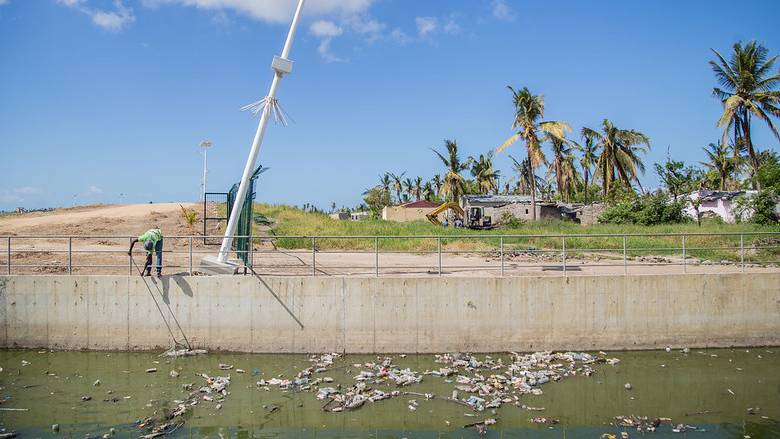
Africa: Hydromet Program
Context: Hydromet hazards are responsible for 90 percent of total disaster losses worldwide. Accurate weather forecasting and early warning systems save lives, lock in development builds otherwise at risk of being reversed by hydromet hazards, and boost productivity. Highlights: The Program is advancing technical and policy-level advisory services in eight African countries that will invest in modernizing hydromet services and systems. Results: Burkina Faso, Chad, Mali, Niger, and Togo are using the findings and recommendations of several assessments in the design of investment projects totaling approximately $200 million.
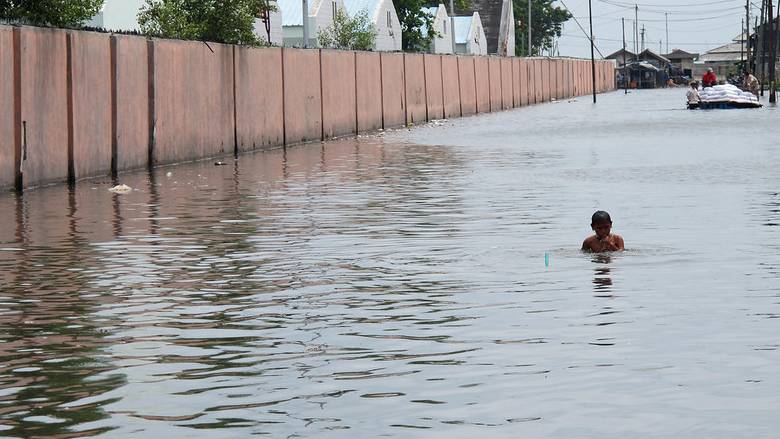
Indonesia: Investing in Urban Resilience and Emergency Preparedness
Context: Governments’ abilities to manage disaster risk and provide effective emergency response services are critical, especially in hazard-prone countries like Indonesia. Highlights: Grant activities are strengthening the capacity of the Government of Indonesia to manage flooding risks and strengthen emergency preparedness in dam operations. The Tokyo Hub identified and deployed experts from Japan, including the Development Bank of Japan, who shared best practices on Disability Inclusive Development, innovative financing mechanisms, and green infrastructure to support grant implementation. Results: Japan’s support is expected to leverage major investments in urban flood risk management in coming years.
Disaster Risk Finance and Insurance
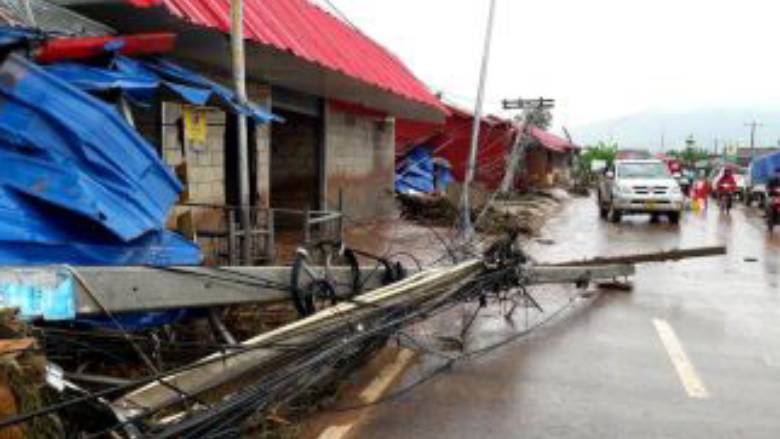
Cambodia, Lao PDR, and Myanmar: Developing Strategic Plans for Disaster Risk Financing, Risk Reduction and Hydromet Services in Southeast Asia
Context: A regional grant is being used to identify strategic investments and Results in disaster risk reduction, risk financing, and hydro-meteorological systems. Highlights: The grant has informed the design and implementation of three projects in Cambodia ($60 million), Lao PDR ($30 million), and Myanmar ($116 million), supported by IDA financing. Throughout the process, governments’ capacity to manage disaster risk was strengthened through workshops and trainings benefitting some 200 officials. Results: The grant deepened policy dialogue on financial resilience as well as solutions, laying the groundwork to support the preparation of innovative regional risk financing solutions, including Southeast Asia Disaster Risk Insurance Facility (SEADRIF).
Operational Support
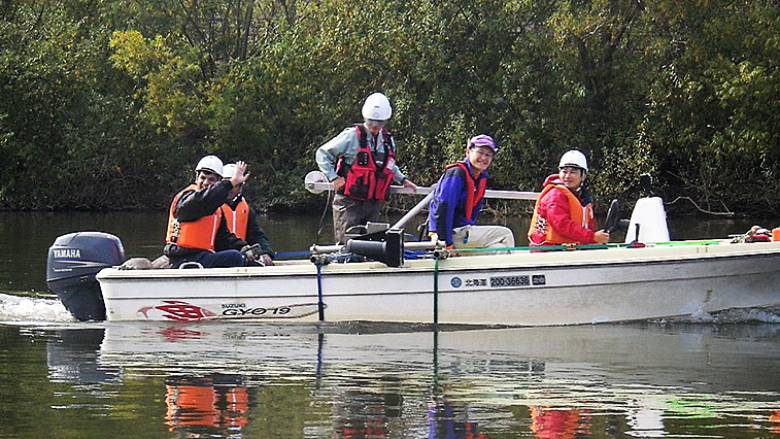
Building Capacity for Barrage Improvement in Pakistan
In October 2018, the Tokyo Hub organized a 14-day training program across three cities in Japan for members of the Government of Sindh, Pakistan’s Irrigation Department. Highlights: The grant supports Pakistan in developing a baseline survey methodology and a monitoring plan, and better understand sediment transportation models in the lower Indus River. Results: The training supported the government and academic participants to connect with Japanese experts and learn best practices related to barrage operation, sedimentation monitoring and management, and integrated water resource management. This collaboration contributes to enhancing the implementation of the IBRD’s Sindh Barrage Improvement Program ($208 million).
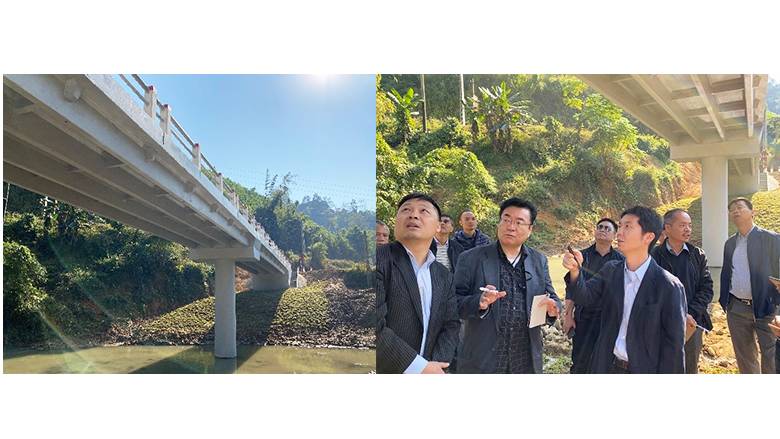
Improving Capacity to Develop Resilient Bridges in Vietnam
In November 2018, the Tokyo Hub, in partnership with the World Bank’s Transport Global Practice, organized a week-long knowledge exposure visit to Japan for Vietnamese transport experts. Highlights: During the visit, Vietnamese officials learned from Japan’s experience in improving infrastructure resilience and constructing Ultra High-Performance Concrete bridges. Experts from the Vietnam’s Directorate for Roads and Ministry of Transport exchanged best practices with Japanese public and private sectors experts, including representatives from Japan’s Metropolitan Expressway Company, Taisei Corporation and Tokyo University. Results: The visit has enhanced the government’s capacity to build resilient bridges and informed the implementation of the IBRD’s Local Road Asset Management Program ($385 million).
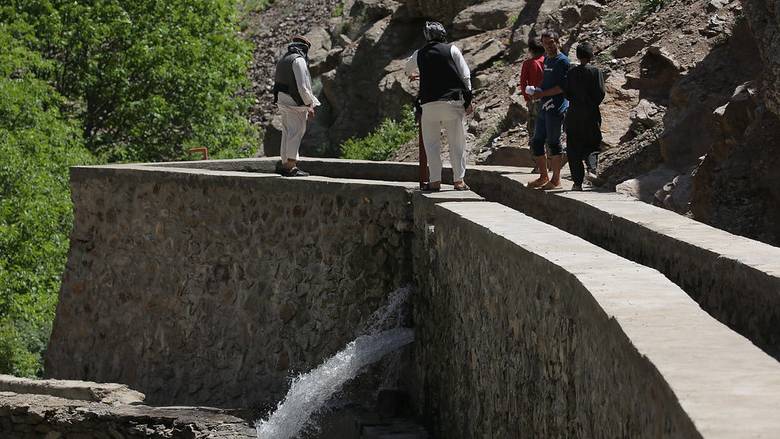
A Road Map to Strengthen Hydromet and Early Warning Services in Afghanistan
Through close collaboration between the Government of Afghanistan and the World Bank, Program activities have developed a road map for strengthening hydromet and early warning services for Afghanistan. Highlights: This road map outlines how Afghanistan can prioritize and advance hydromet services and EWS, improve the country’s institutional capacity to save lives and livelihoods, and support wider social and economic development. It identifies challenges and Results unique to Afghanistan, such as the need to improve the delivery of services without building extensive observation networks. Results: The road map has helped inform in-country IDA operations, including the Irrigation Restoration and Development Project ($71 million) and the Afghanistan Rural Access Project ($325 million), and is being used by the government as it develops an approach to development of the sector.
Connecting Developing Countries with Japanese DRM Expertise and Solutions and Disseminating Knowledge and Lessons Learned from Projects
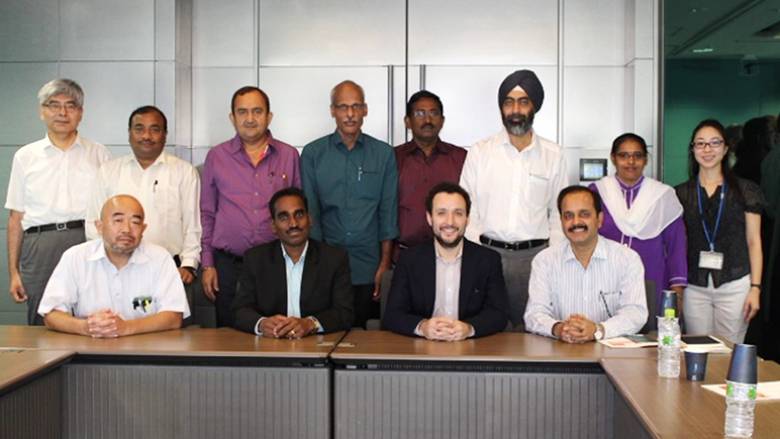
Convening to Discuss India’s Dam Safety Technical Cooperation
In August 2018, members of the Government of India (GoI), state governments, the Central Water Commission, the India Dam Rehabilitation and Improvement Project (DRIP), Japan Water Agency (JWA), and other stakeholders convened at the World BankTokyo office to discuss challenges faced by the GoI in dam operation and maintenance and explore how to better integrate DRM principles into dam projects. Highlights: Participants learned about how disaster and climate risks are addressed in infrastructure works in Japan. Results: Technical knowledge, best practice, and expertise from this exchange will help respective authorities determine what further collaborations with Japanese experts will be needed in the future.
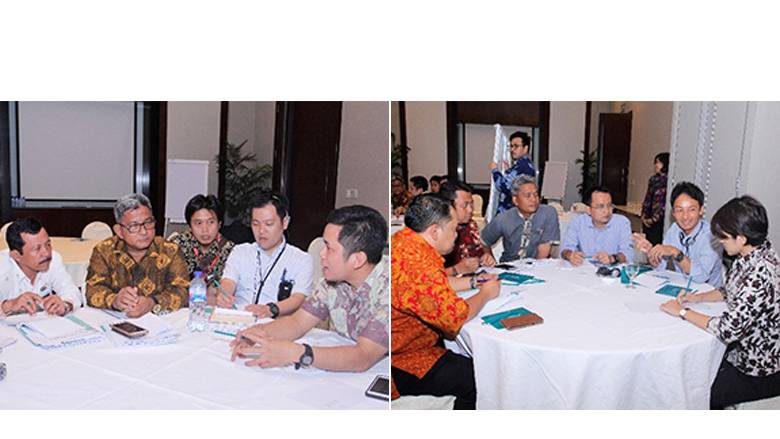
Learning from Japanese Experts on Green Infrastructure Financing for Indonesia
In August 2018, the Tokyo Hub supported the identification and deployment of Japanese experts for a workshop on innovative urban flood risk management in Indonesia as part of an ongoing project on urban resilience and emergency preparedness in the country. Highlights: Mr. Kosuke Sho and Mr. Yorikazu Kitae with the Development Bank of Japan’s Regional Planning Department shared innovative approaches in green infrastructure and financing of urban flood risk reduction investments, particularly green bonds and public-private partnerships. Results: This sparked further interest in collaboration between Indonesia and Japan to explore green infrastructure and innovative financing Results for urban flood risk management.
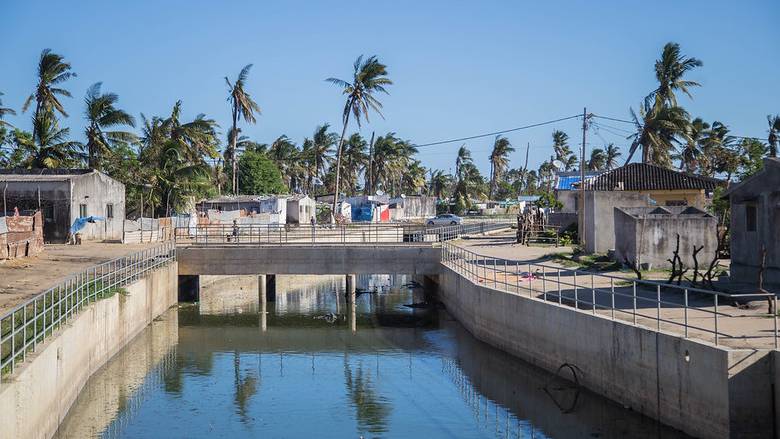
Streamlining DRM in Municipal Investment and Urban Planning in Tunisia
A project in Tunisia is using a participatory approach to enable local governments and communities to develop a better understanding of disaster risks and mainstream DRM in local planning. Representatives of the Embassy of Japan in Tunisia and JICA have been a part of the technical planning committee from an early stage. Highlights: Risk data produced through JICA-funded projects has significantly contributed to the project quality by informing risk maps created as part of this activity. Additionally, Japanese experts from the private sector (Yachiyo Engineering) met with the experts charged with developing risk maps and exchanged information pertaining to flood risk data collection. Results: The exchange with the Japanese experts assisted the team in developing flood risk maps and improving the methodology for risk data collection.
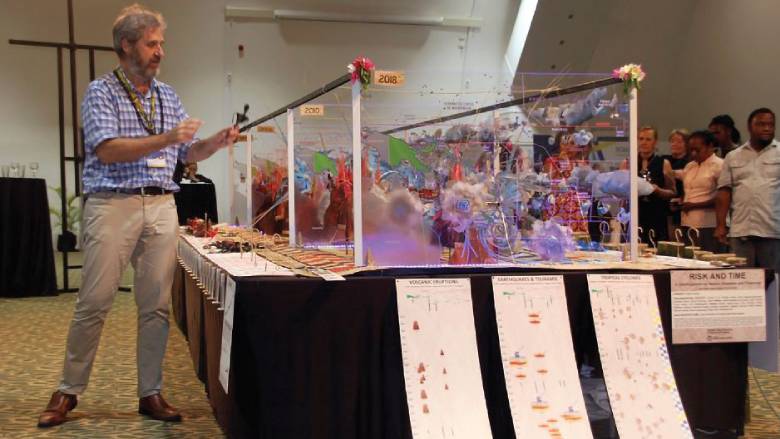
Deploying Japanese Expertise in Disaster Risk Financing and Insurance (DRFI)
In October 2018, the 2018 Understanding Risk Finance Pacific (URf Pacific) Forum was held in Vanuatu. Highlights: Dr. Hitoshi Baba of JICA presented a paper on lessons learned from emergency procurement arrangements in Japan at a workshop on contingency planning. Results: This exchange informed the development of Pacific Catastrophe Risk Assessment and Financing Initiative (PCRAFI) Contingency Plans by Cook Islands, Republic of Marshall Islands, Samoa, Tonga, and Vanuatu. Japanese expertise and experience in DRFI is also informing an ongoing case study on social protection and industry resilience.